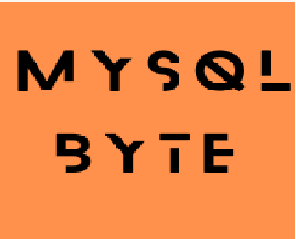MySQL and SQL Server are two popular database management systems used by businesses around the world. While both systems have similarities in terms of their functionality, there are some important differences to consider when it comes to their recovery models and binary logging.
Binary Logging in MySQL
In MySQL, the binary log is used for point-in-time recovery and replication purposes. It records all changes to the database, including inserts, updates, and deletes, in a structured binary format. The binary log can be enabled or disabled, but disabling it means you will lose the ability to perform point-in-time recovery and replication.
Point-in-time recovery allows you to restore your database to a specific point in time, rather than just the last backup. This is useful if you need to recover from a data loss or corruption that occurred after your last backup. Replication, on the other hand, allows you to replicate your database changes to another server, creating a copy of your data in real-time.
Binary Logging in SQL Server
In SQL Server, the equivalent of the binary log is the transaction log. The transaction log is required for all recovery models (simple, bulk-logged, and full) and cannot be disabled. Like the binary log in MySQL, it records all changes to the database, including inserts, updates, and deletes.
The recovery model you choose in SQL Server determines how much of the transaction log is retained and how much can be used for point-in-time recovery. The simple recovery model keeps the least amount of information in the transaction log, and you can only recover to the end of the most recent backup. The bulk-logged recovery model retains more information in the transaction log and can be used for large-scale data changes. The full recovery model keeps the most information in the transaction log and allows you to recover to a specific point in time.
Differences between MySQL and SQL Server
While both MySQL and SQL Server use binary logging to record changes to the database, there are some key differences to consider. In MySQL, the binary log can be disabled, but this means you lose the ability to perform point-in-time recovery and replication. In SQL Server, the transaction log cannot be disabled and is required for all recovery models.
Additionally, the recovery model you choose in SQL Server determines how much information is retained in the transaction log and how much can be used for point-in-time recovery. In MySQL, the binary log retains all changes to the database and can be used for point-in-time recovery regardless of the recovery model.
Conclusion
In conclusion, both MySQL and SQL Server require some form of binary logging to support point-in-time recovery and replication. While the binary log in MySQL can be disabled, this means you lose the ability to perform point-in-time recovery and replication. The transaction log in SQL Server cannot be disabled and is required for all recovery models. The recovery model you choose in SQL Server determines how much information is retained in the transaction log and how much can be used for point-in-time recovery.

